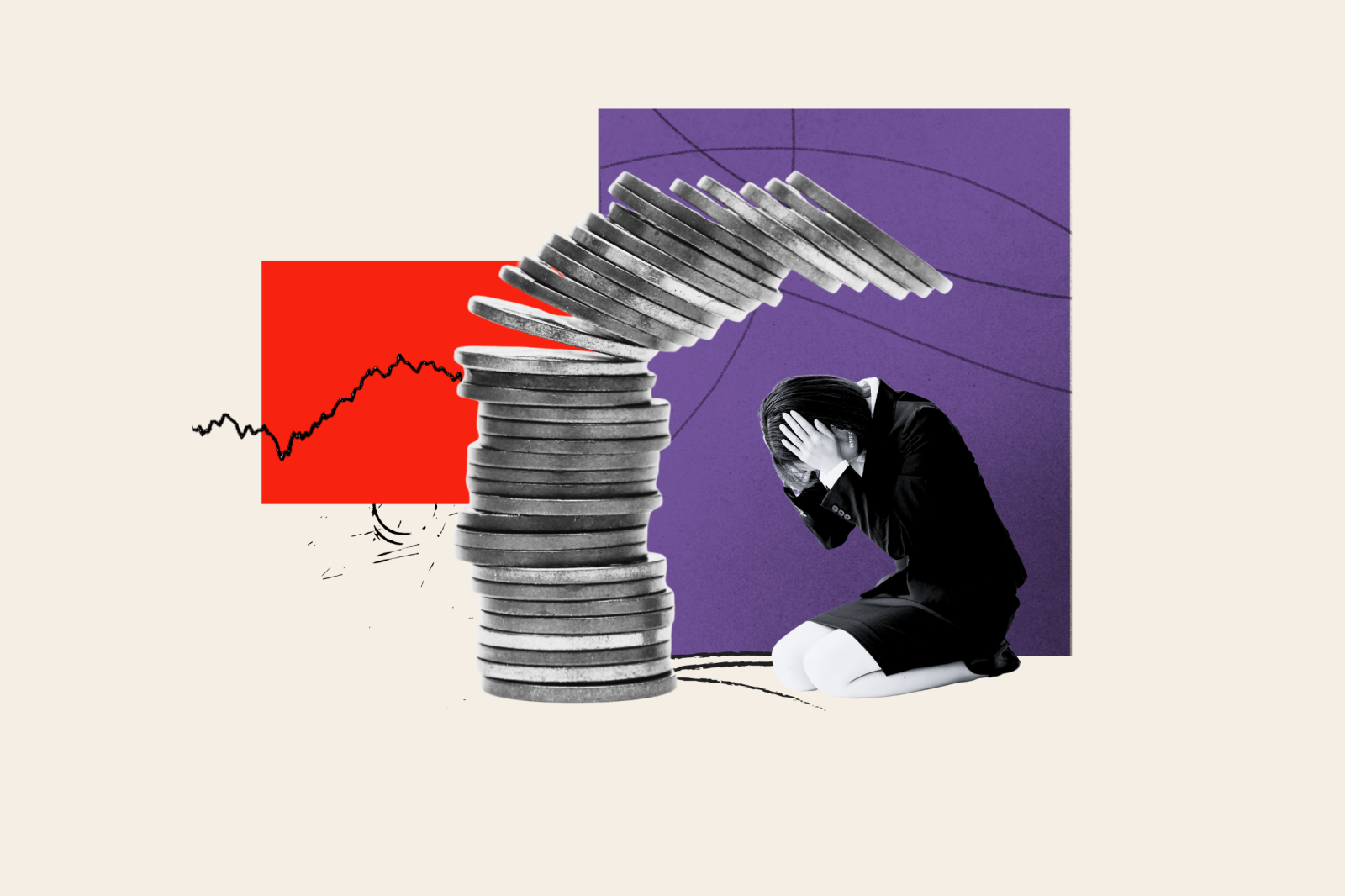By Contributor,Exxon Mobil,Simi Thambi
Copyright forbes

Oil refinery, owned by Exxon Mobil in Baton Rouge, Louisiana, United States. (photo by Barry Lewis/InPictures via Getty Images)
In Pictures via Getty Images
If you are following how climate issues in Europe and the US are unfolding—think about the US Endangerment Findings being rescinded and the EUDR postponed for another year—you might, like me, be suspecting: Did anti-climate lobbying have a role to play in derailing this climate action? After all, lobbying isn’t a minor force, and the amount spent each year on it is anything but small. The US spent as much as USD 4.4 billion in 2024 on lobbying activities—comparable to the economy of a small African country like Liberia.
A week ago, a US senator opened up an investigation into suspected lobbying against the Endangerment Finding — a crucial regulation that declared carbon dioxide and six other greenhouse gases dangerous. Letters were sent to big oil companies, some trade associations, and think tanks. The Endangerment Finding could have underpinned positive support for many climate regulations in the US, but unfortunately, it could not come into effect. Similarly, the EUDR was postponed again for the second time, and the reason cited was the unpreparedness of IT systems to deal with the load from implementation. Can this really be a reason for delaying a critical regulation? The EUDR, after a year of delay in 2024, was set to take effect at the end of this year and was seen as the EU’s global leadership in addressing deforestation linked to key commodities such as soy, palm, cattle products, etc. Could anti-climate lobbying have a role to play in these movements?
How powerful are these lobby groups, and what role can they play in deciding our climate’s future? It is a valid question in this landscape. Because lobbying can hinder action, this piece examines its impacts and the checks to address them.
When Lobbying Helps And When It Hurts Climate Action
Not all lobbying is negative for climate action. There have been many cases where positive lobbying exceeded the negative. The Paris Agreement—the legally binding treaty on climate change—saw 101 groups in favor and only one against.
Similarly, the European Emissions Trading Scheme, an EU emissions cap-and-trade system that allows companies with lower emissions to sell their allowances to others, saw 109 organizations engage in positive lobbying and 71 in negative lobbying. These estimates are based on a recent study in the Journal of Environmental Science and Policy, which discusses different kinds of lobbying in the EU using publicly available data from LobbyMap to track climate policy engagement.
MORE FOR YOU
One way negative lobbying can influence is by getting people behind the scenes access to weaken regulations. For instance, a report by Transparency International found that many anti-climate lobbyists attended UN climate talks, such as COP meetings, as part of state delegations. As many as 70% of over 1,500 lobbyists wore either Party or Party Overflow badges, giving them access to crucial negotiations, potentially undermining ambitious global commitments.
Limited disclosure on affiliations makes it particularly difficult to address the problem of negative lobbying at mega climate conferences, undermining public trust. About 6,209 participants failed to disclose affiliations based on the same report. Transparency International is pressing Brazil, the host government of the upcoming COP 30, for stricter disclosure on participant affiliations.
Which Lobby Groups Hold The Most Power?
Big Oil is a term used to describe prominent companies in the oil industry that spend the most money to influence climate legislation that could impact their core business. Five of the biggest oil companies—ExxonMobil, Royal Dutch Shell, Chevron, BP, and Total—have invested as much as USD 1 billion since 2015 in misleading climate-related branding and lobbying, according to an estimate.
Claiming to be committed to climate goals but doing little in practice—or diverting attention elsewhere—has been a common strategy of these powerful companies. According to a study published this month in the Journal of Environmental Science and Policy, USD 954 million was spent lobbying the US government on CCUS by the oil industry. Carbon Capture, Utilisation, and Storage technology can help capture and store carbon, benefiting high-emitting sectors such as oil. In comparison, other industries where CCUS is also essential—such as cement and steel—spent only about 1/24th of that amount. The amount spent by oil companies on CCUS may look huge relative to the amount spent on this technology by other industries, but it is a pittance for the massive size of the oil and gas industry.
Big Ag—or some of the largest meat and dairy companies—also use lobbying strategies to derail, delay, or distract, similar to Big Oil. Changing Markets Foundation analyzed the actions of 22 of the largest meat and dairy companies—examining their investments in advertising, voluntary commitments, etc. Among other things, the investigation revealed Big Ag’s tactic of promoting meat and dairy as healthy choices in already high-consuming countries, particularly targeting Gen Z audiences. In another report, by analyzing social media posts by misinfluencers, they found that these influencers often used similar tactics, such as coordinated hashtags and messaging, to discredit critical reports like the EAT-Lancet Report, a landmark publication advocating for healthier diets and reduced meat consumption.
How Are We Tackling Harmful Lobbying?
Investors with stakes in many of these companies increasingly recognize the importance of more transparency in corporate political engagements. Investor networks such as the Principles for Responsible Investment Network have issued guidance on responsible political engagement. They encourage investors to build internal statements on how investee companies should engage politically, and to consider political engagement in their stewardship activities with these companies wherever possible.
Industry standard-setting bodies also recognize the need to check lobbying activities. The SBTi’s corporate net-zero standard, up for public consultation last month, also includes clear requirements: lobbying efforts must be aligned with net-zero goals if a company seeks validation for its net-zero targets.
The Corporate Lobbying Working Group of Climate Action 100+ is also taking steps to hold companies accountable. During their period of lobbying engagement, several companies showed improvement. For instance, Unilever published its first Climate Policy Engagement Review in 2023, which received a 100% score—indicating a leading practice in positive lobbying in the industry. Four other companies are expected to publish similar reviews this year. These are positive developments to hold onto.
In a world of competing interests—where pro- and anti-climate lobbies, money, and power can distract us from the core priority of protecting the planet’s future—lobbying often injects uncertainty into the general public, who frequently hear of these things from the media. It can give the impression that lobbying is stalling or even derailing policies painstakingly negotiated over years. But it’s not all doom and gloom.
Encouragingly, actors and organizations are working to curb negative lobbying. They are holding corporates accountable, demanding transparency, aligning engagement with science-based goals, and building lobbying that supports a better climate future for all.
Views are personal
Editorial StandardsReprints & Permissions



